15 Amazing Alpaca Facts!
They're adorable, they're fluffy, and there's so much you probably don't know about them! Read on for some fabulous alpaca facts!
If you think you love llamas, wait til you meet the alpaca! They're adorable cousins of the camel and the llama who come from the Andes mountain range in South America, though you can meet them in almost any country now - there's probably an alpaca farm somewhere near you! They're most famous for their beautiful soft fur, but there are a lot of cool facts about them you might not know! Read on to learn all about their habitat, their history - and, of course, their hair! Stick around for some more crazy facts about the animal kingdom, though - learn all about capybaras, gorillas, anteaters, llamas, and more!
1. They're old!
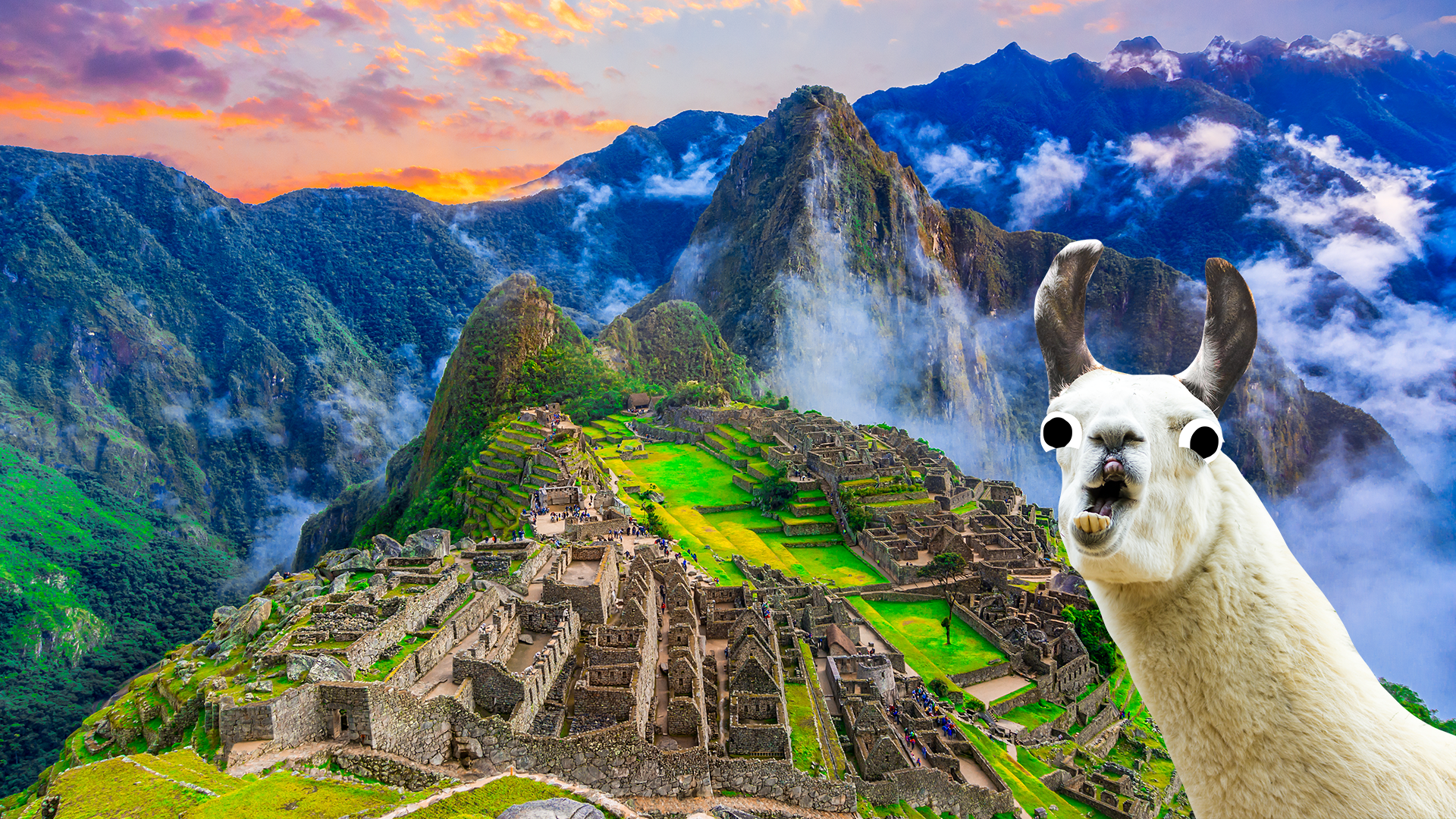
Alpacas have been around for a REALLY long time! They were domesticated six THOUSAND years ago by the Inca, which was the biggest society in South America before the Spanish invaded in the late 15th century, covering Peru, Bolivia and Chile.
2. There are two types of alpaca
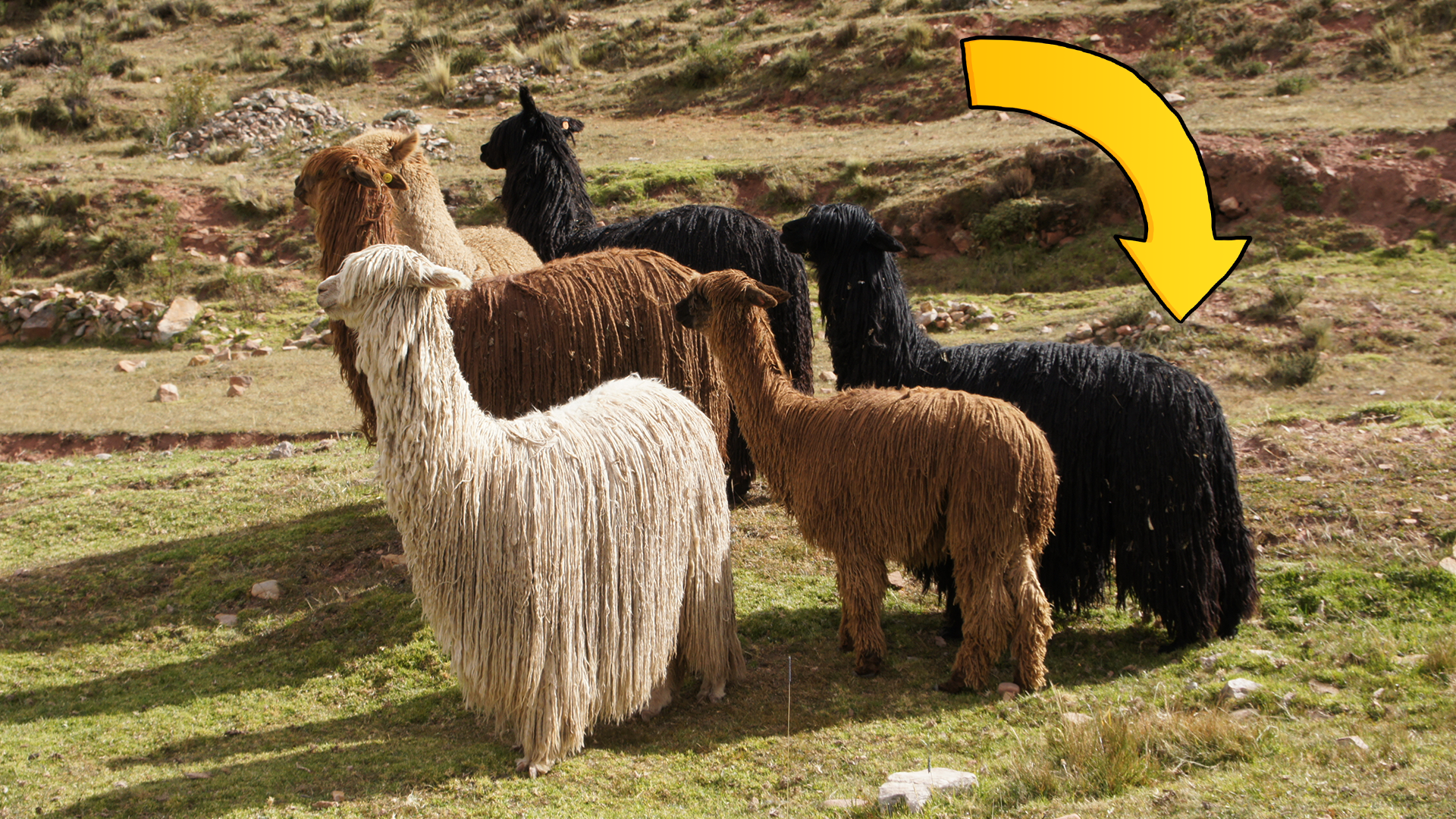
There are two kinds of alpaca, the Huacaya and the Suri. The Huacaya is more common, making up about 90% of the alpaca population. The main difference between them is their fleece - Huacaya have dense, fluffy fur that makes them look like teddy bears, and Suri have long silky fur that kind of makes them look like big mops!
3. There are no wild alpacas
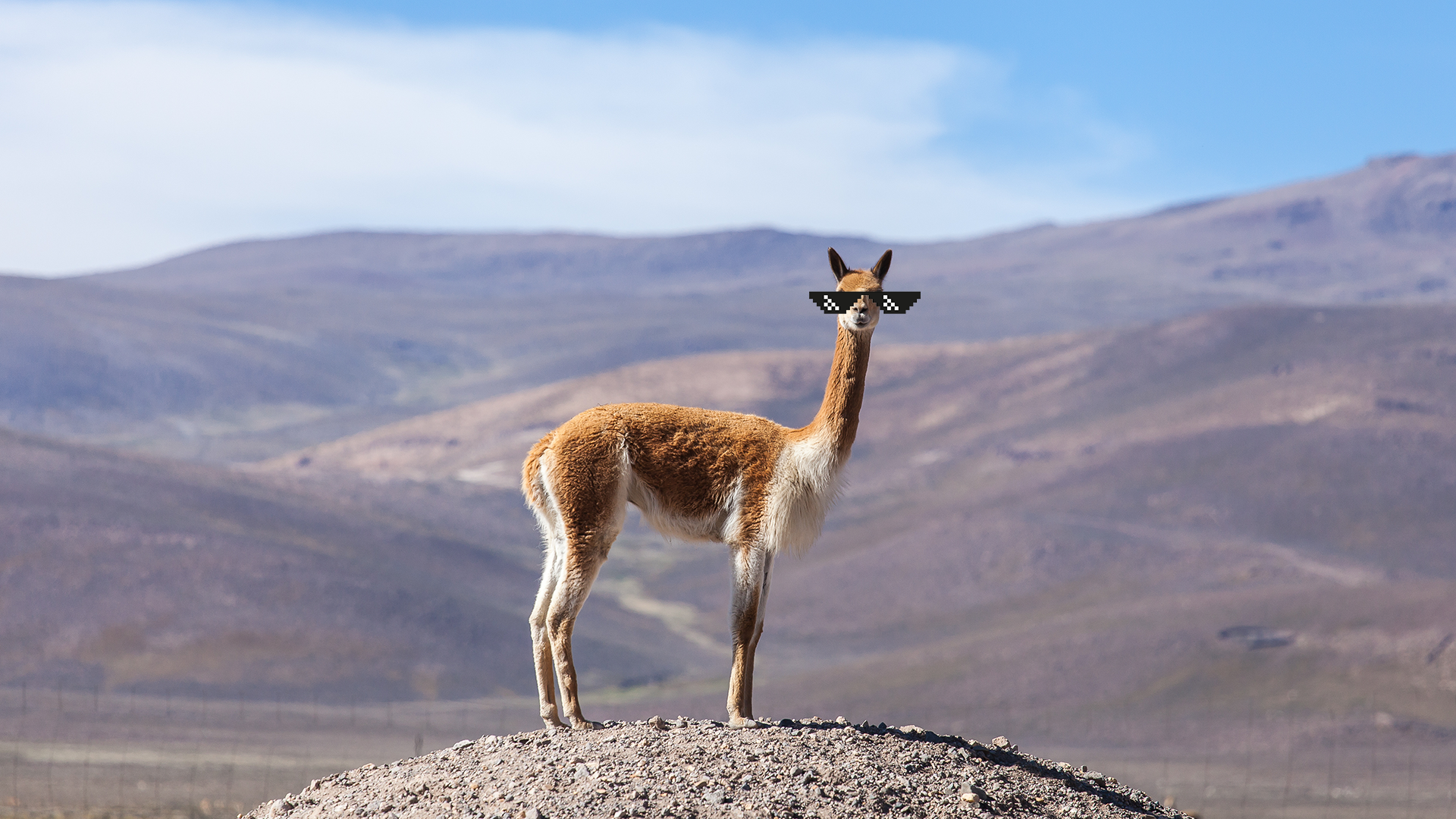
Alpacas are a purely domestic breed, meaning that you won't find any living in the wild on their own (unless they've escaped)! It's thought that they were bred from the vicuña (pronounced vi-kyoo-nya), wild animals who are the national animal of Peru and appear on the Peruvian coat of arms. Vicuñas look quite a lot like alpacas, but they're a lot less fluffy!
4. Their fleece was very valuable to the Inca
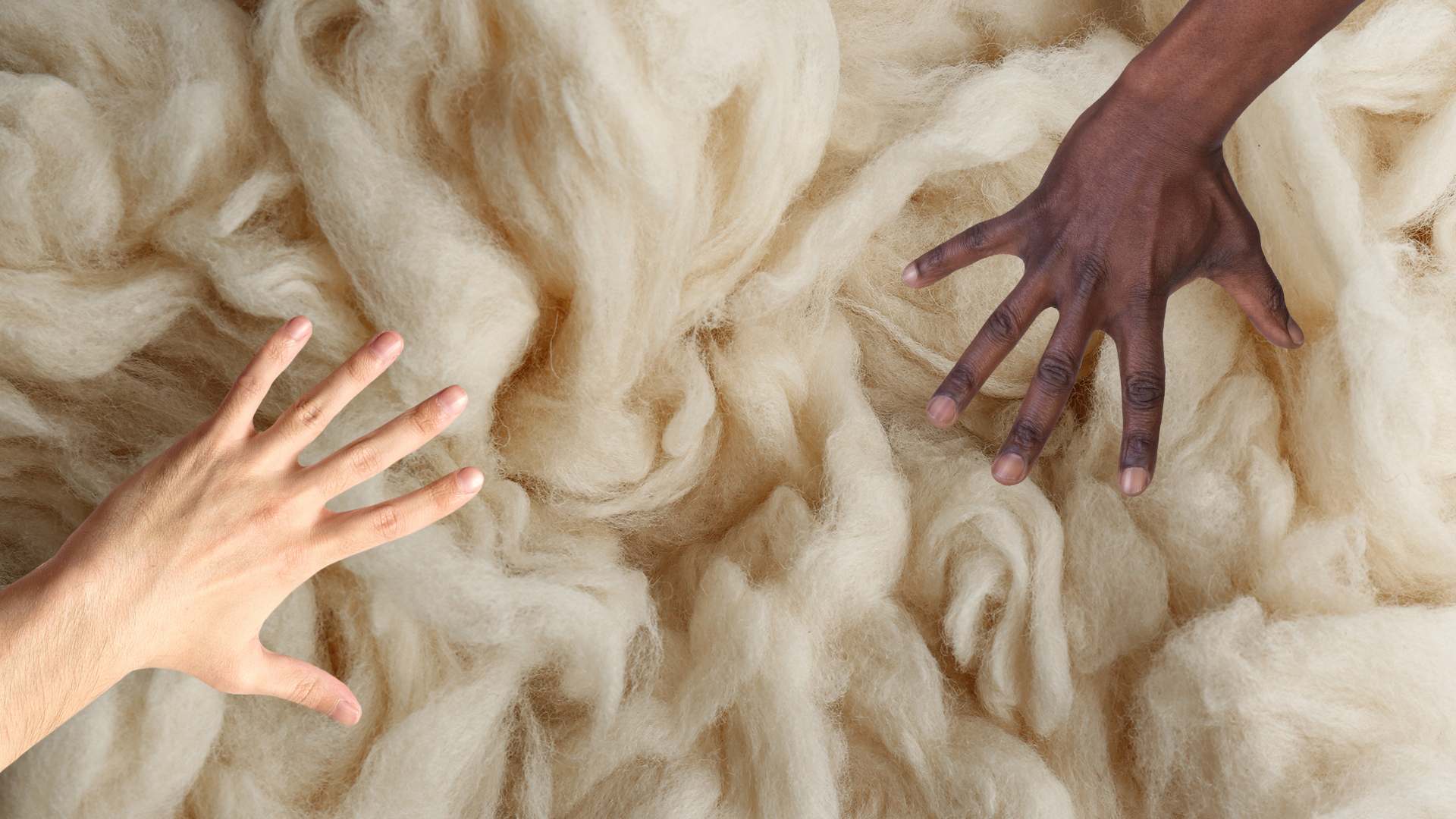
It's thought that in the Incan Empire, alpaca fleece was worth more than gold! This sounds crazy today where you can buy a cosy jumper anywhere, but remember that this was before central heating and artificial fibres, and that a lot of people lived in the high mountains. It was also very soft and luxurious, and because of this alpaca fleece was worn by royalty and the very rich. It was known as the "fibre of the gods"!
5. They were nearly wiped out
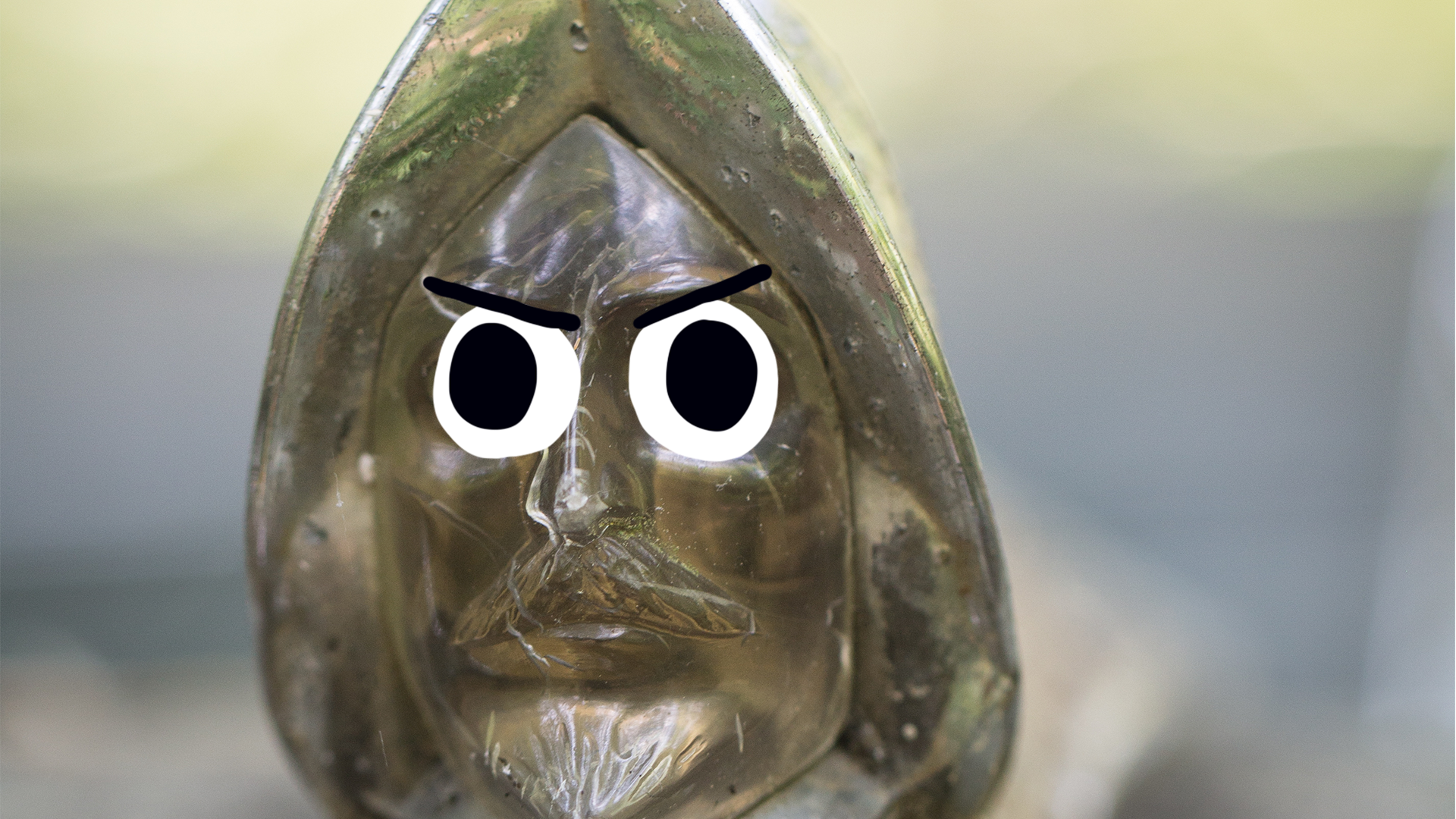
When the Spanish entered Inca territory in 1532, they didn't realise how valuable alpaca fleece was - they thought that the land would be used better by sheep! Spaniards mostly used alpacas for meat, so they were almost made extinct! Some Incan farmers escaped to near-inhospitable parts of the Andes mountain range with their alpacas, and the gene pool managed to survive. Alpacas are adorable but they're also good at surviving harsh conditions, partly thanks to their wonderful fur!
6. Their wool is still valuable
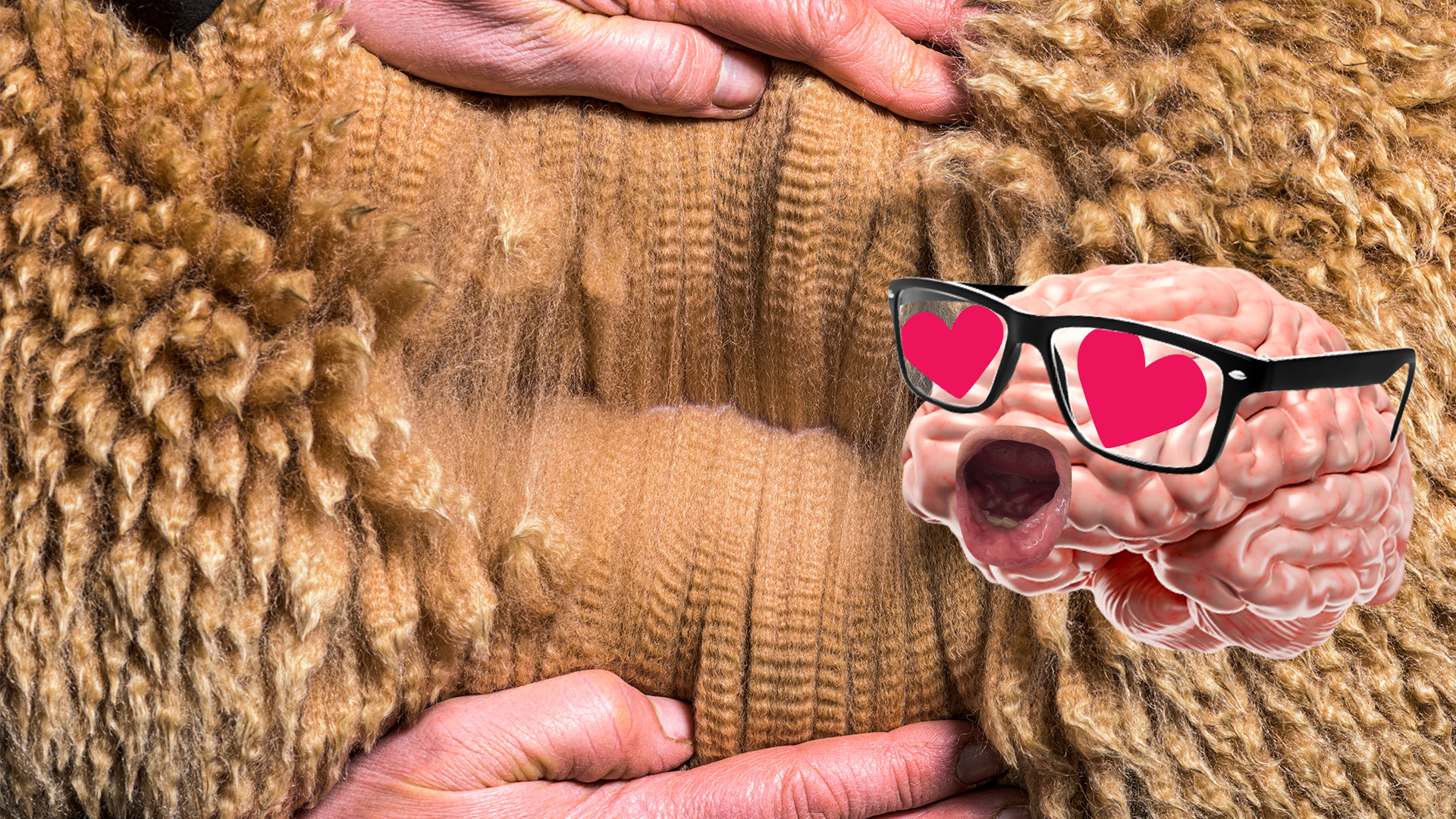
Even today, alpaca fleece is very highly prized! It's warmer, softer, lighter and more resilient than sheep's wool - and even better, it doesn't contain lanolin, which means it causes fewer allergic reactions for people with wool allergies! It's also inflammable and water resistant, and it doesn't need to be treated with harsh chemicals. If you're interested in buying an alpaca jumper, you'll probably need to save up a bit (and always make sure you're buying from an ethical farmer)!
7. They like to spend time with their friends!
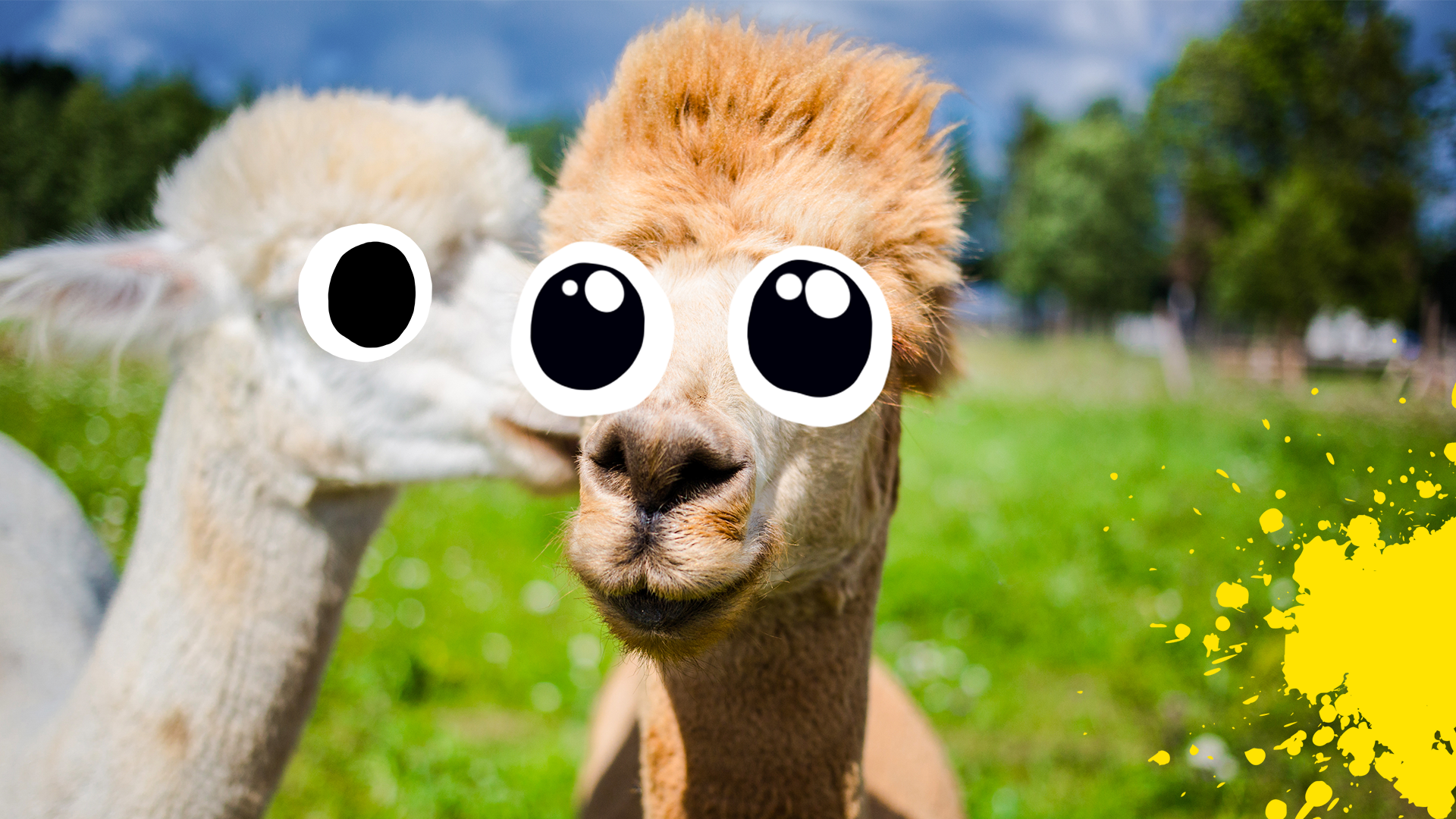
Alpacas are social animals, which means they love to hang out together in herds! If you want to become an alpaca farmer, you'll need at least 3, but the more the merrier! You'll need about an acre per six alpacas so they have enough space to themselves, but also enough alpaca friends to keep them happy!
8. They make some funny sounds
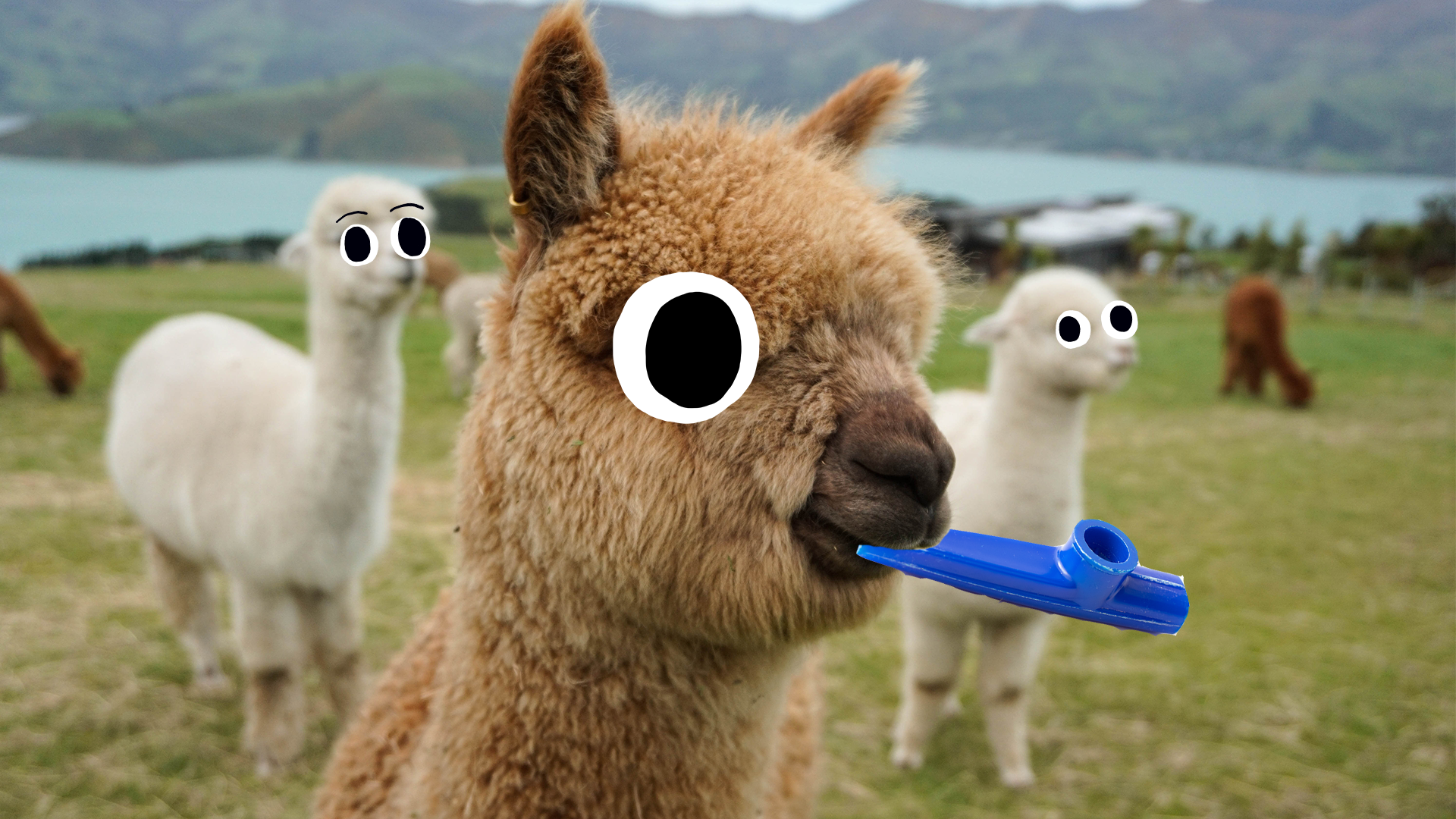
Alpacas like to talk to their alpaca friends, and they have a range of noises! Their most common noise is "humming", which sounds a little bit like a kazoo and can mean a lot of things - happiness, curiosity, boredom, worry, or distress. When they're very alarmed one alpaca will make an alarm call and the rest will do the same!
9. They're nice to people
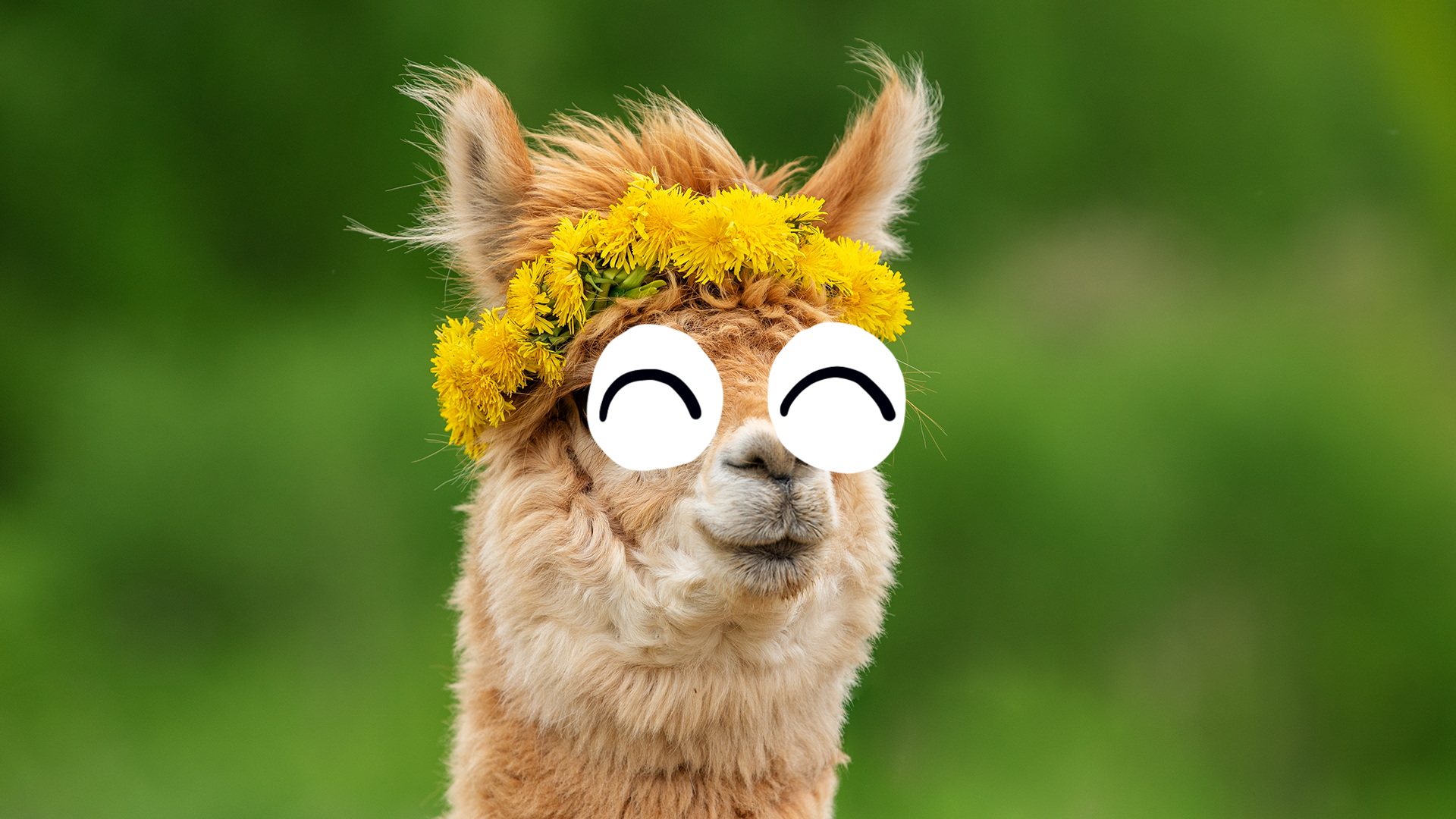
Alpacas are difficult to keep, but lots of owners say they're worth it because they have wonderful personalities! They're gentle and docile, which is why they're becoming popular as therapy animals. Some keepers bring their alpacas to hospitals, universities and retirement homes so that people can pet them and relieve stress!
10. The babies have a very cute name
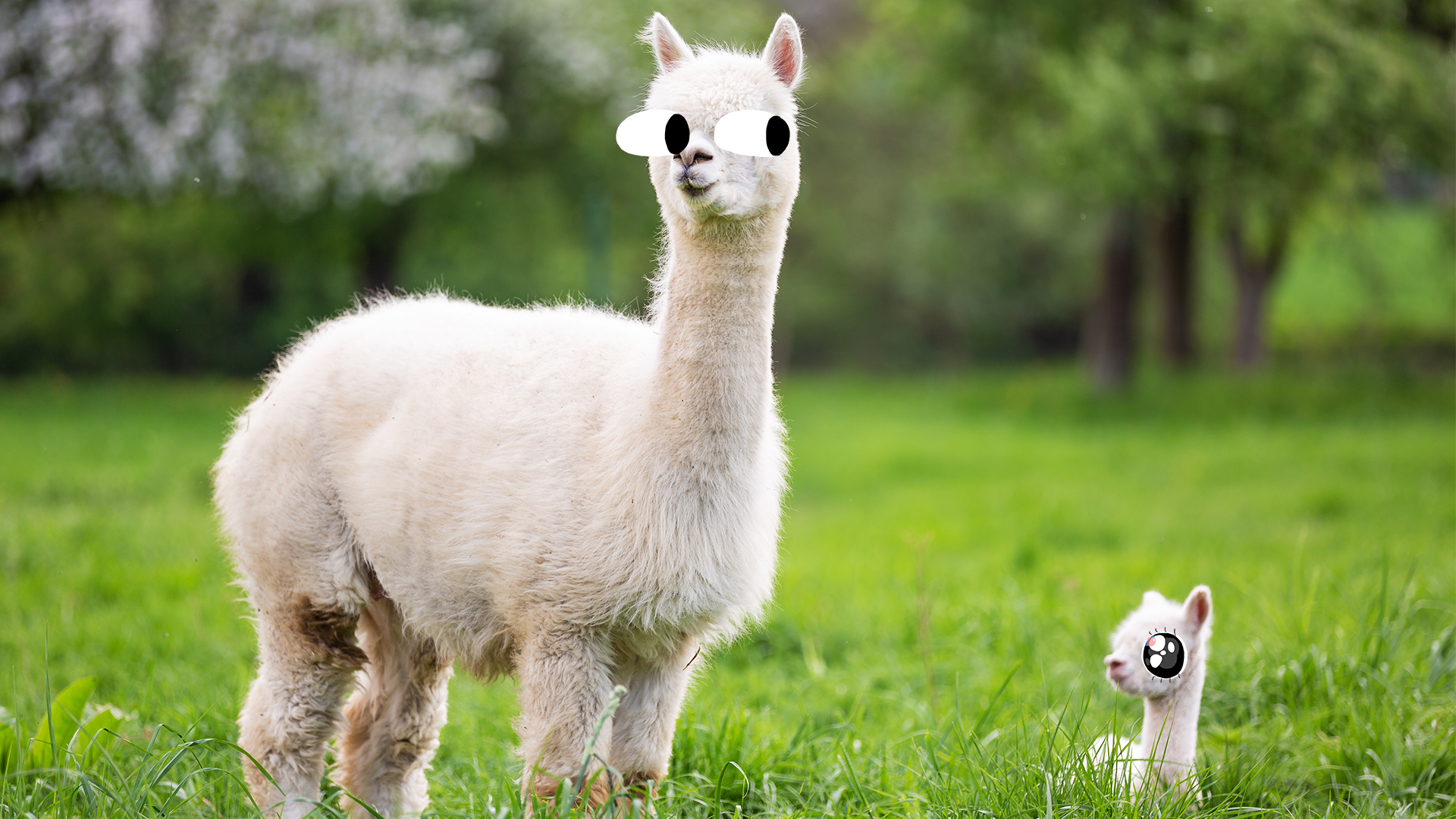
Baby alpacas are called "cria"! This is the same word for baby llamas and vicuñas, and it means "breeding" in Spanish. Mother llamas usually only have one baby at a time, and they're pregnant for about 11 months.
11. They're good for the environment
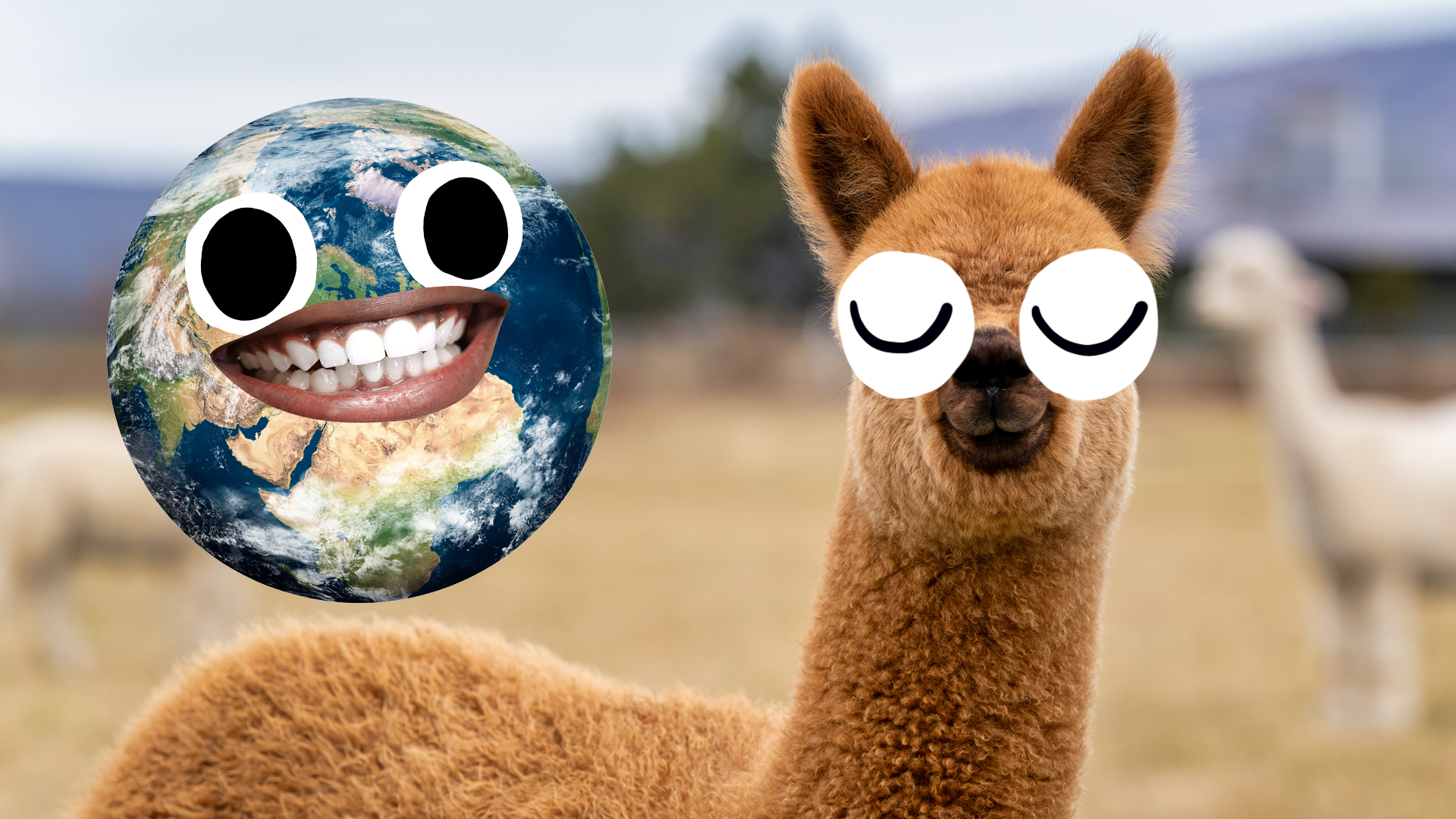
Some animals can have a bad impact on the environment when they're kept domestically, but alpacas are actually quite green! They had padded feet instead of hooves, which is nicer to the grass and earth they walk on, and they graze on grass without totally uprooting it, which means it grows back quickly. They also have very efficient digestive systems, which means they produce little methane (farts - yep, they're bad for the environment)!
12. They can have babies with llamas
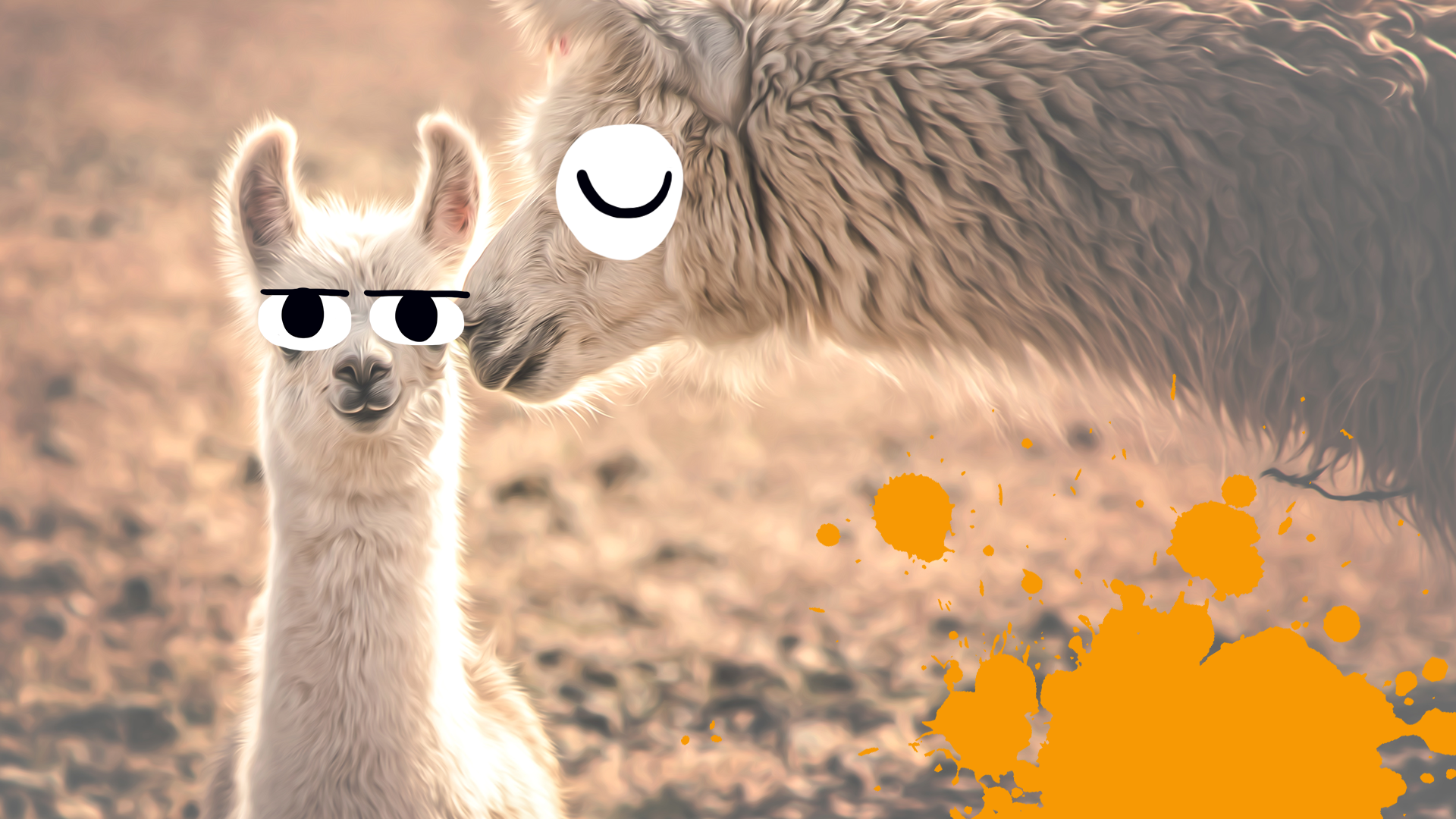
Llamas and alpacas are closely-related enough that they can have babies together! A female alpaca and a male llama's baby is called a huarizo in Spanish, and a llalpaca in English! It has a very distinct long, pretty fleece.
13. They can be potty-trained

Alpacas living in a herd will make their own bathroom - that is to say, they have a communal dung pile! This means that there have been successful cases of owners housetraining them (though that's probably not the best way for them to live).
14. They like to "pronk"
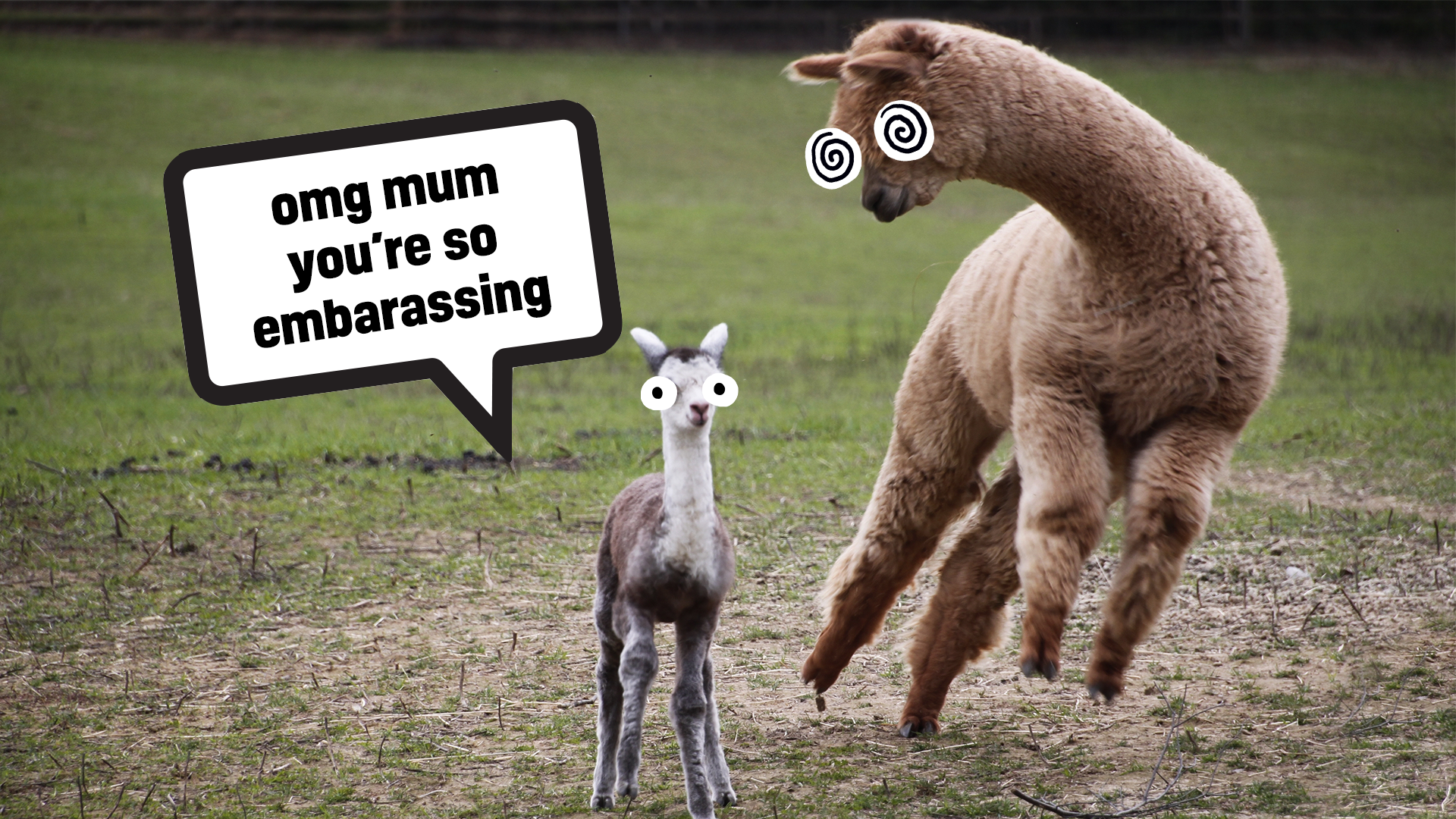
If you have a guinea pig, you might have seen it "popcorn", which is where they leap and skip around when they're very happy. Alpacas do something similar, called "pronking", where they leap into the air on all four legs. It's thought they do this when they're feeling happy, playful, or when they have something they just have to share with other alpacas!
15. They spit
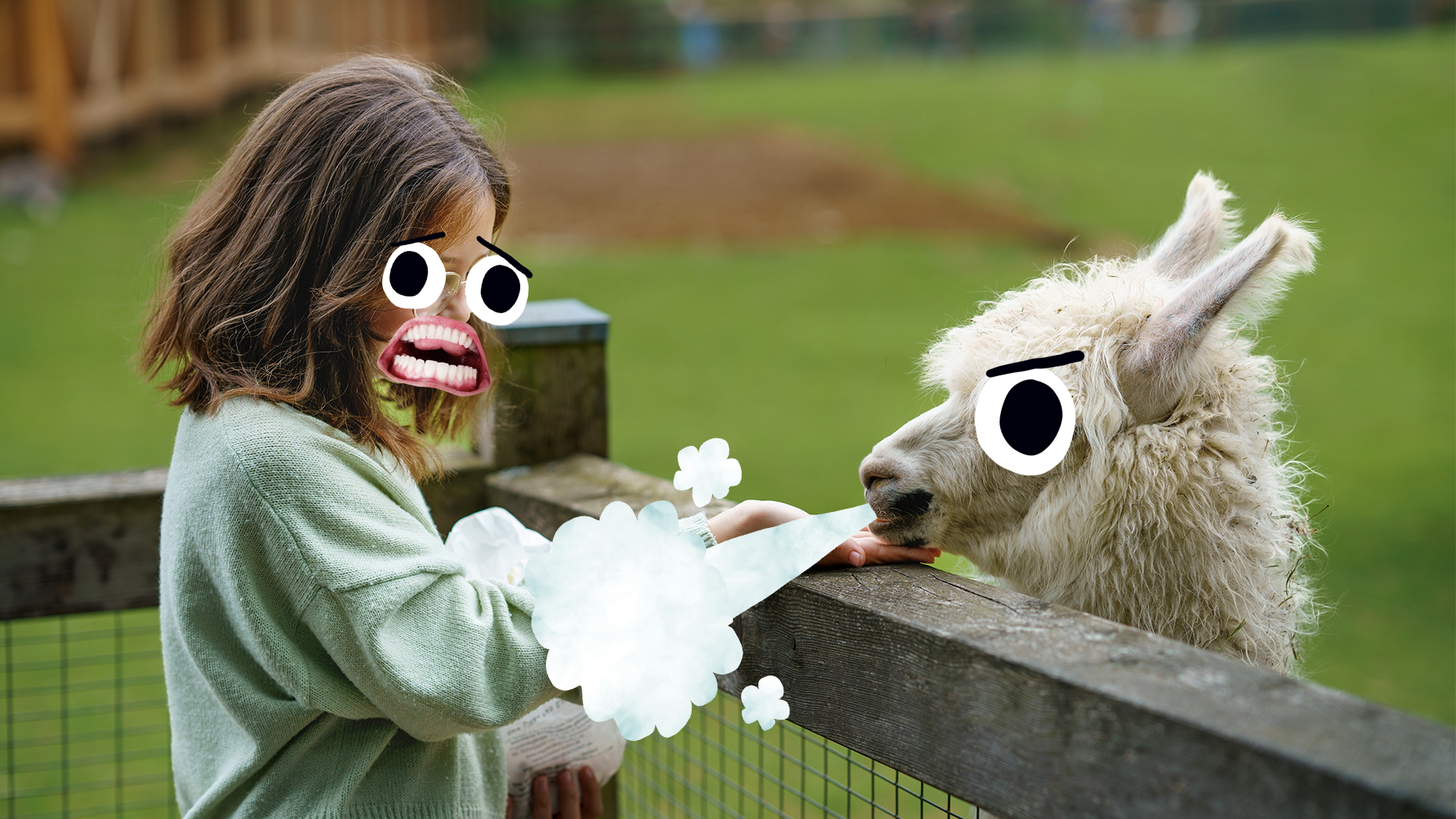
You might know that llamas spit when they're cross, and alpacas do it too! The "spit" is actually mostly air with a little saliva and some stomach acid - it smells absolutely awful, according to alpaca owners. They usually only do this at other alpacas, but they will do it at people if you annoy them enough. They can spit up to ten feet, so don't think you can get away with teasing an alpaca from far away!















